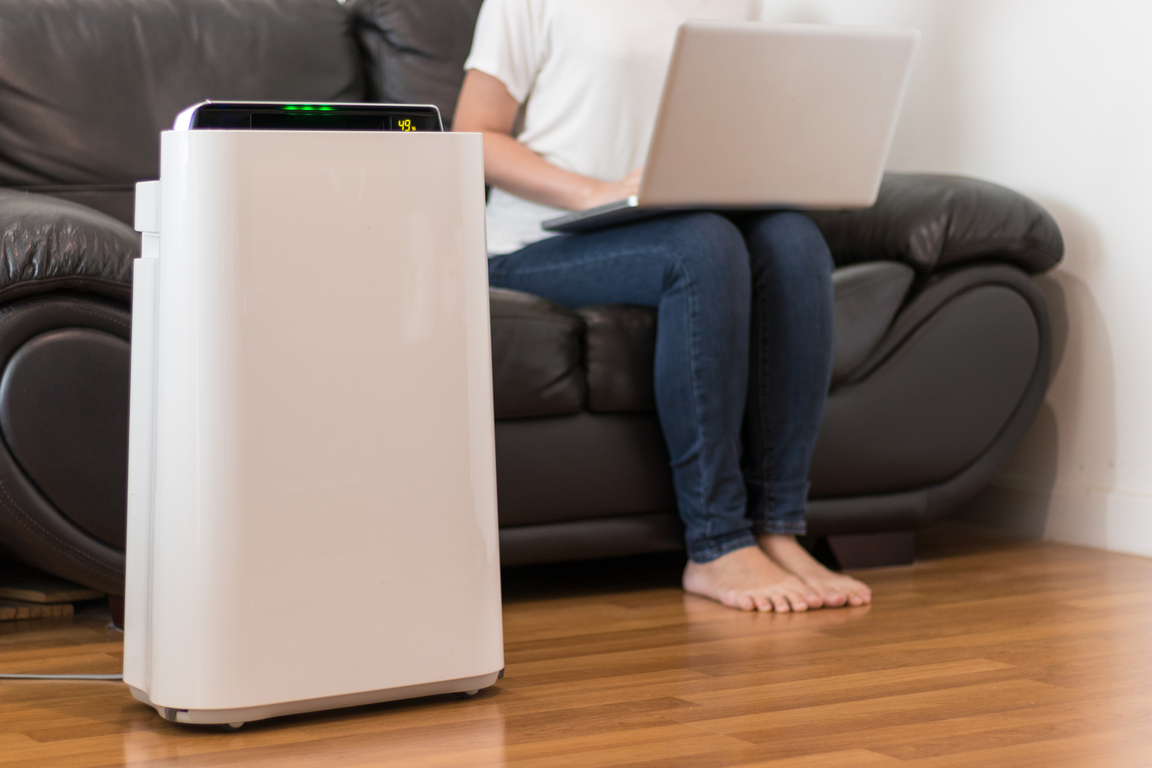Hearing Aids: How to Choose the Right One

Various types of hearing aids exist in the market, so how do you decide what’s best for you. Here, we tell you what you need to do to ensure you are buying the right hearing aid.
Get a Checkup Done
You’ll need to first see your doctor to rule out any correctable causes of hearing loss – sometimes hearing loss may be caused due to an infection or buildup of earwax.
Get a Referral to Meet a Reputable Audiologist
If you know an audiologist, you can visit them to get your hearing assessment done. If not, ask your general practitioner to put you in touch with one. The audiologist will assess your hearing and help you choose the right hearing aid. Further, they will also adjust the device so it meets your needs. If you are suffering from hearing loss in both ears, you’ll feel better if you have two hearing aids.
Inquire About the Trial Period
When you buy a hearing aid, you are usually offered a trial period – you can take this time to test out the device and decide if it is right for you. Have the hearing aid dispenser put the cost of the trial in writing, and inquire how much of your money you’ll get back if you return the hearing aid during the trial period.
Make Sure the Hearing Aid Has a Warranty
It’s important that you make sure the hearing aid you purchase includes a warranty that will cover both parts and labor, for a certain period. Some dispensers may even include professional services and office visits in the warranty.
Beware of Misleading Claims
Despite what you may hear, remember that hearing aids will never restore normal hearing. Beware of any dispenser who may claim otherwise.
Plan for The Expense
Only some private insurance policies cover the cost of hearing aids. If yours doesn’t, you will need to prepare for the expense. You can expect a single hearing aid to cost anywhere between $1,500 and a few thousand dollars. You’ll also have to pay for remote controls, professional fees, and hearing aid accessories separately.


